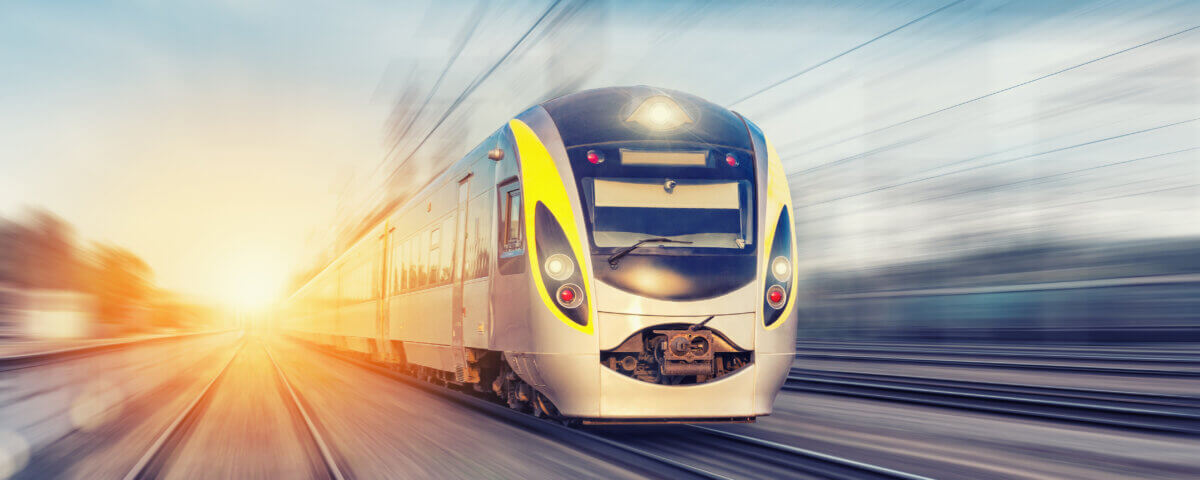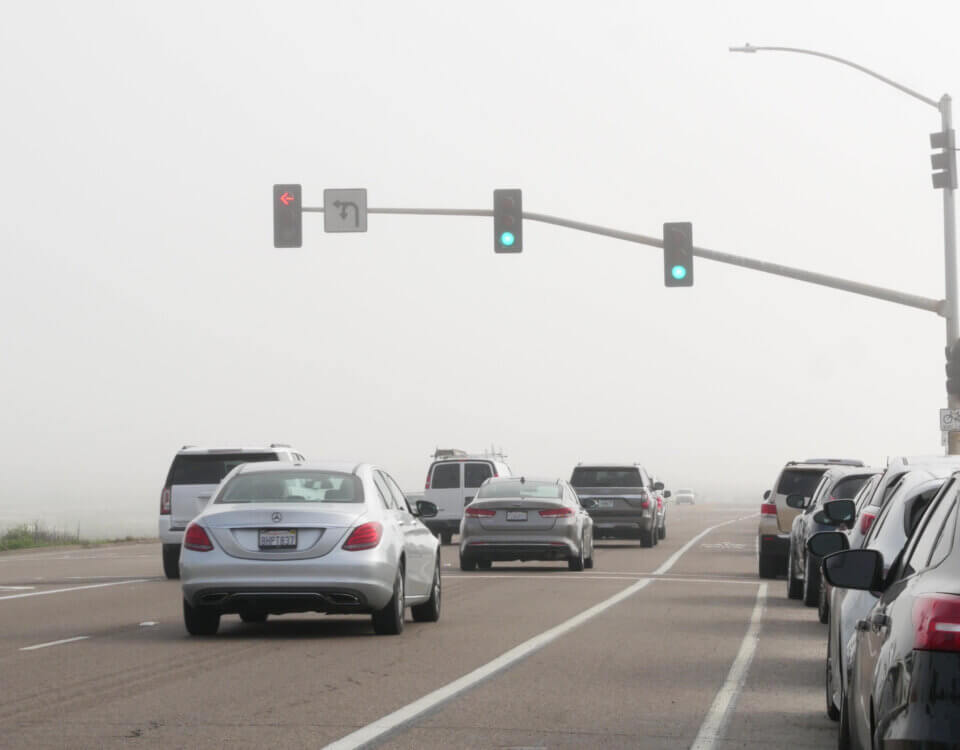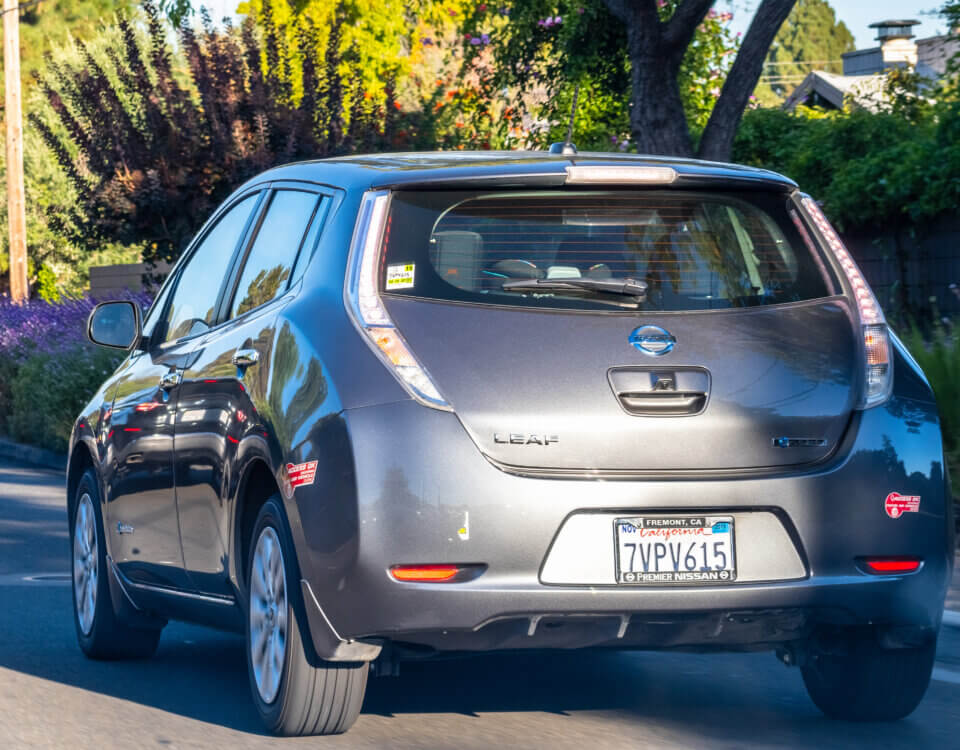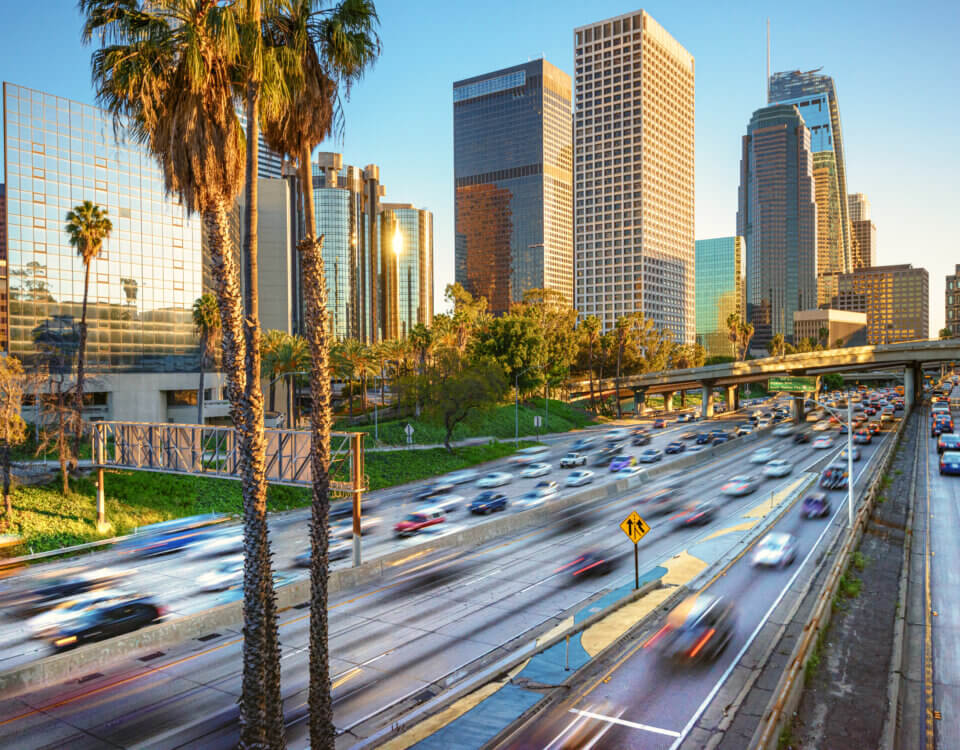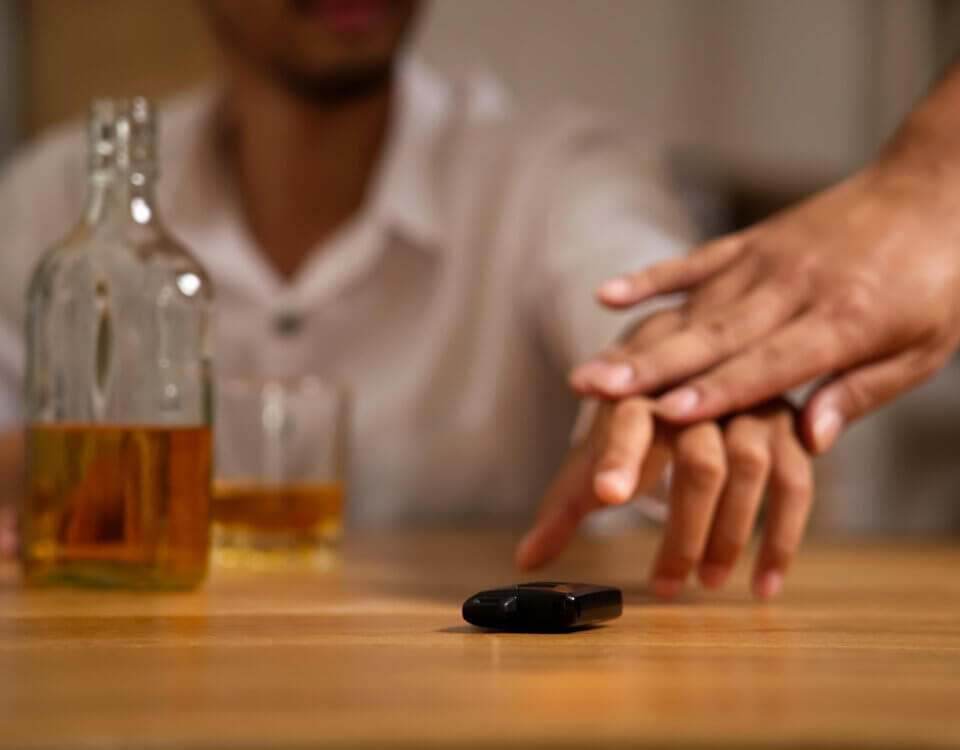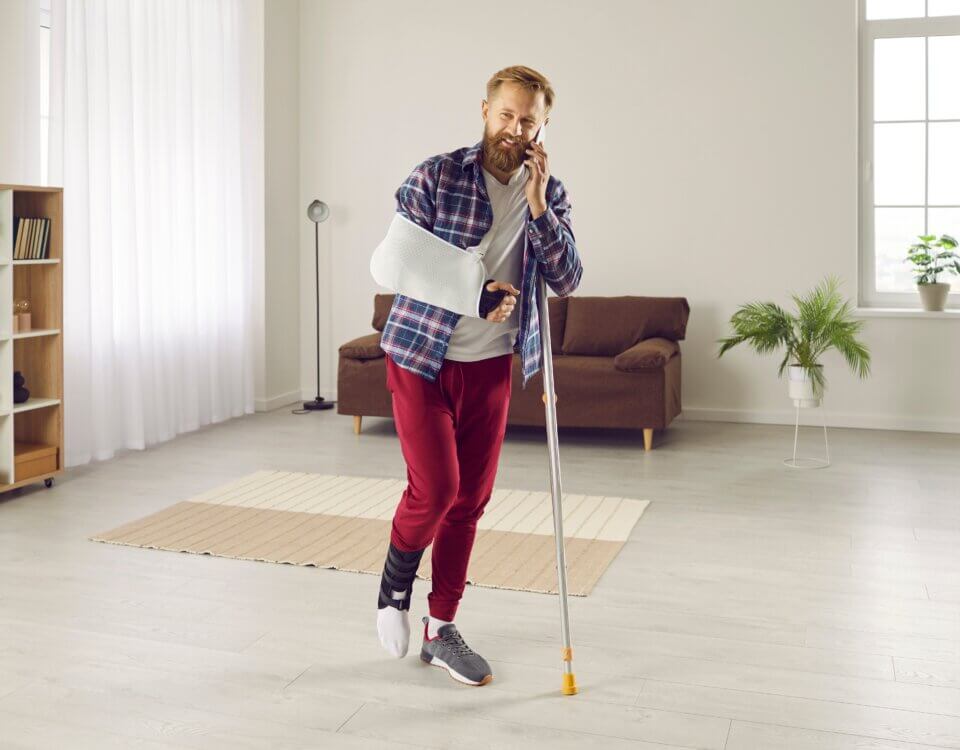When a train collides with a car, the results are often devastating. Because of the massive weight and momentum of trains compared to passenger vehicles, even low-speed impacts can crush cars and cause serious injuries or fatalities. After the shock, the most pressing question becomes who may be legally responsible. Below we explain how liability is determined, what factors matter, and what steps injured parties should take.
The Physics Behind Train-Car Collisions
Trains are extraordinarily heavy. A freight train may weigh thousands of tons, while a typical car weighs only a fraction of that. In a collision, the train transfers most of its energy to the smaller vehicle. The car often crumples or is forced off the tracks.
In addition, trains cannot stop quickly. Because steel wheels on steel rails produce very low friction, even with emergency braking the stopping distance is enormous. This means collisions often cannot be avoided once a car is on the tracks and a train is close.
Because of these realities, even with safety devices like seat belts and airbags, occupants in the car often suffer extreme impacts and severe injury.
Potentially Liable Parties in a Train-Car Collision
Liability in such collisions may rest with one party or be shared across multiple parties depending on circumstances. Here are the main possibilities:
1. The Car Driver
The driver may be liable if they violated crossing safety rules. Examples include:
- Ignoring warning lights or lowered gates
- Trying to outrun or “beat” the train
- Entering the crossing when traffic ahead blocked escape
- Parking too close to, or on, the tracks
If the driver’s negligence or misjudgment contributed to the accident, they (or their insurer) may be responsible for damages to the train, track, and injured parties.
2. The Railroad or Train Operator
Railroad companies can be liable when they fail to maintain safe crossing conditions or operate unsafely. Some scenarios:
- Crossing gates, lights, or bells were defective or not working
- Vegetation, signage, or other obstructions blocked visibility
- Trains traveled at unsafe speeds for the area
- Operators failed to sound horns or warnings as required
If such failures contributed to the collision, the railroad may share or assume liability.
3. Shared Fault (Comparative Negligence)
In some collisions, both the driver and railroad may share blame. Under comparative negligence rules (such as those in California), fault is divided by percentage. Each party is liable for damages in proportion to their share of responsibility. For example, if a driver ignored a warning but the railroad had malfunctioning gates, the jury might assign fault to each party and split responsibility accordingly.
4. Other Potentially Responsible Parties
Sometimes additional entities may share liability:
- Government or local agencies might be responsible for unsafe crossing design or poor maintenance
- Construction or maintenance contractors may have obstructed signals or impaired visibility
- Vehicle manufacturers could be at fault if a car defect caused it to stall or prevented escape
How Liability Is Determined
Investigators and legal teams build a liability case by gathering evidence such as:
- Physical evidence from the scene (skid marks, damage to crossing signals, track condition)
- Video or camera footage, including train cameras or surveillance nearby
- Data from the train event recorder or black box (if available)
- Witness statements
- Crossing signal / gate maintenance and service records
- Environmental factors (lighting, weather, visibility)
Experts in accident reconstruction and railroad operations often play a key role in interpreting evidence to show which actions caused or contributed to the collision.
Once fault is established, the parties typically attempt to resolve through insurance or negotiations. If no settlement is possible, the matter may go to court, where damages may include medical costs, lost wages, emotional distress, property damage, and wrongful death in fatal cases.
What to Do if You’ve Been Involved in a Train-Car Crash
If you or a loved one has been in such an accident, here are key steps to take:
- Ensure your safety
Get yourself and passengers off the tracks immediately if possible and move to a safe distance. - Call emergency services
Request medical help and law enforcement. Provide accurate location information including any identifying crossing numbers. - Get medical evaluation
Even if you feel OK, internal injuries may not be immediately obvious. Proper medical documentation is also essential to any legal claim later. - Document the scene
If safe, take photos or video of the crossing, the train, signals, damage, surroundings, obstructions, and any debris. Record weather, visibility conditions, and signage. - Collect witness information
Get names and contact info of anyone who saw what happened. Their testimony may prove vital later. - Report the accident to your insurance
Notify your auto insurer. Be cautious before giving recorded statements to railroad insurers or representatives without consulting an attorney. - Consult an experienced attorney
Train-vehicle collisions involve complex liability issues, multiple parties, and often large damages. An attorney with experience in railroad and personal injury cases can protect your rights, guide negotiations, and advocate for full compensation.
Note: These blog posts are created solely for the use of Hillstone Law. The information is gathered from internet research, publicly available sources, and artificial intelligence (AI) tools such as ChatGPT. While we aim to share helpful and educational content, Hillstone Law does not independently verify every detail. Some information may be incomplete, outdated, or subject to change without notice. If you believe any part of a post is inaccurate, misleading, or infringes upon copyright, please contact Hillstone Law immediately so we can review it and take appropriate action, including correction or removal.
Disclaimer: The material provided in these blogs is for general informational purposes only and should not be considered legal advice. Reading these posts does not create, and is not intended to create, an attorney-client relationship with Hillstone Law. Our intent is to share knowledge, raise awareness, and provide helpful resources to the public; however, Hillstone Law makes no warranties or guarantees about the accuracy, completeness, or reliability of the information provided, and expressly disclaims liability for any actions taken in reliance on it. The photos used in these posts are for illustrative purposes only and do not depict actual clients, individuals, or incidents unless expressly stated. If you or a loved one has been injured in an accident, please contact Hillstone Law at (855) 691-1691. Our attorneys are available to answer your legal questions and help you understand your rights.

